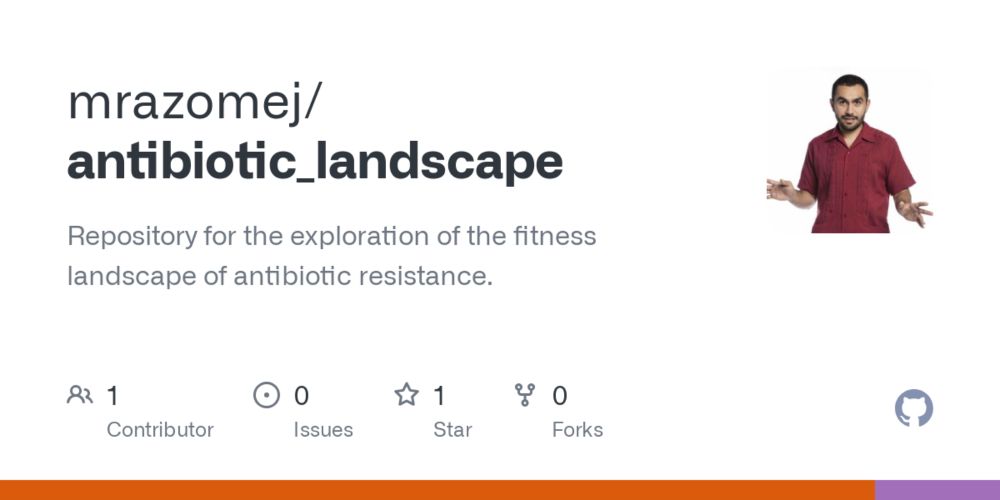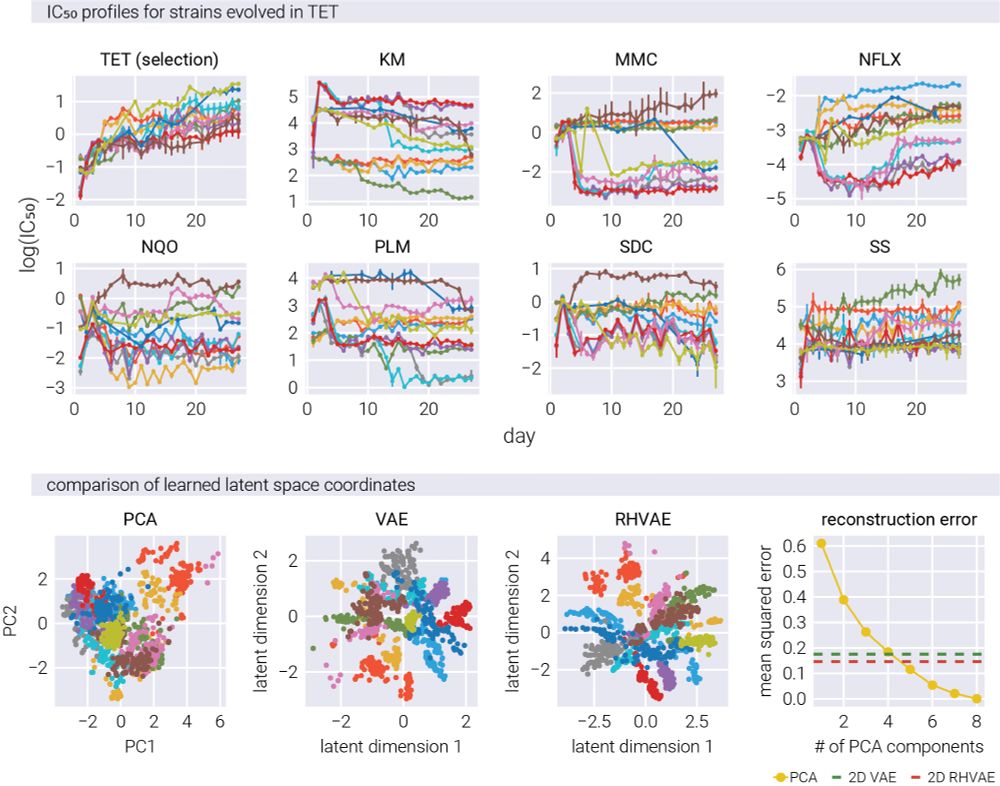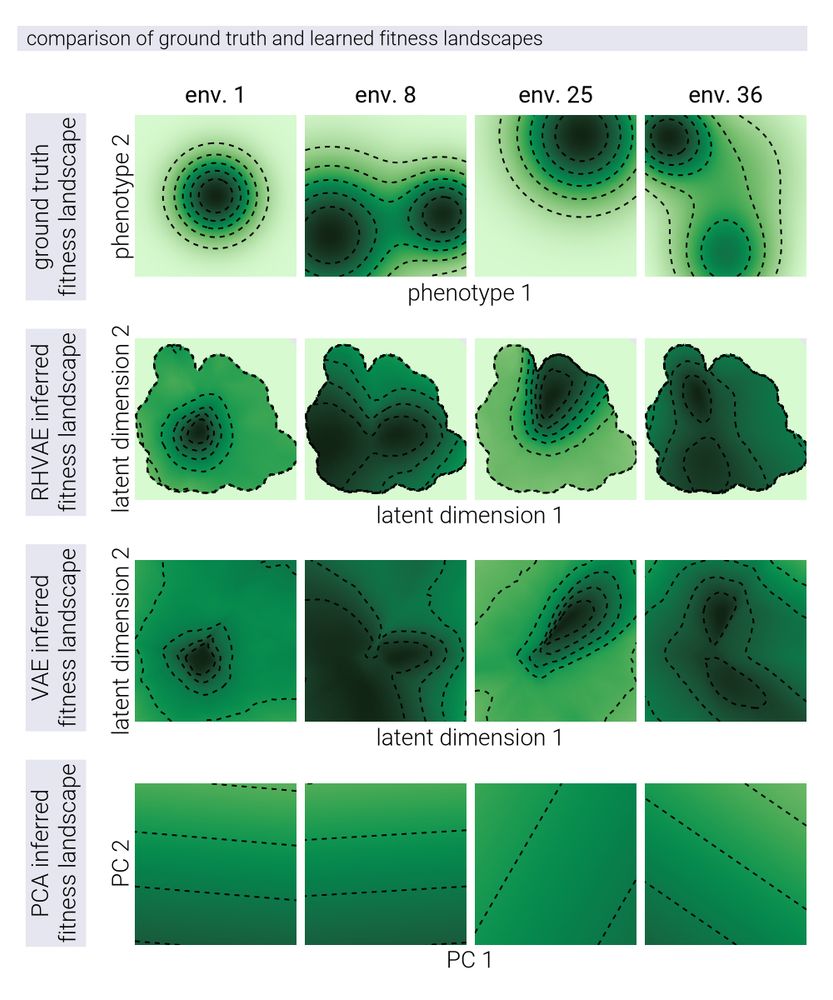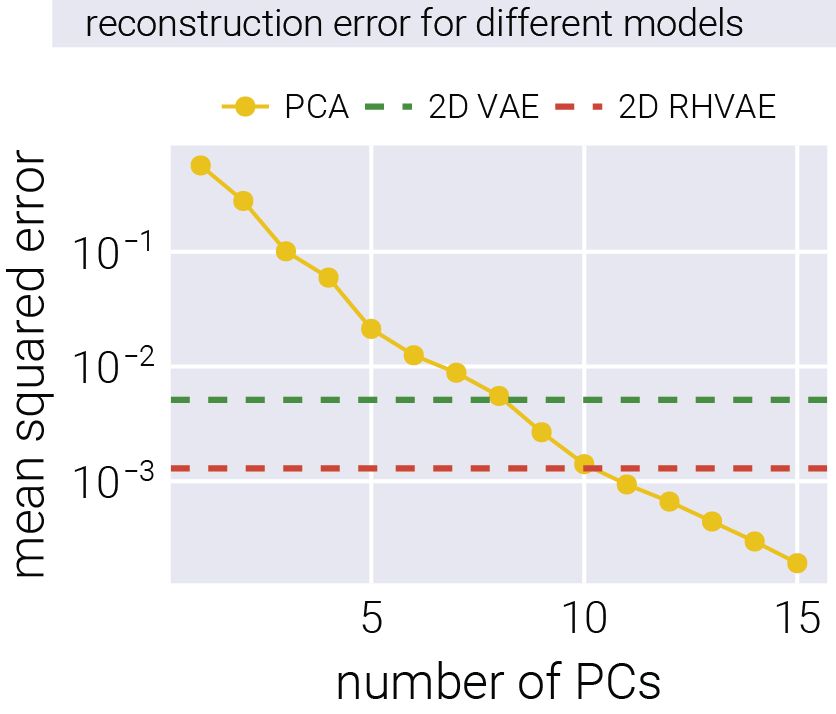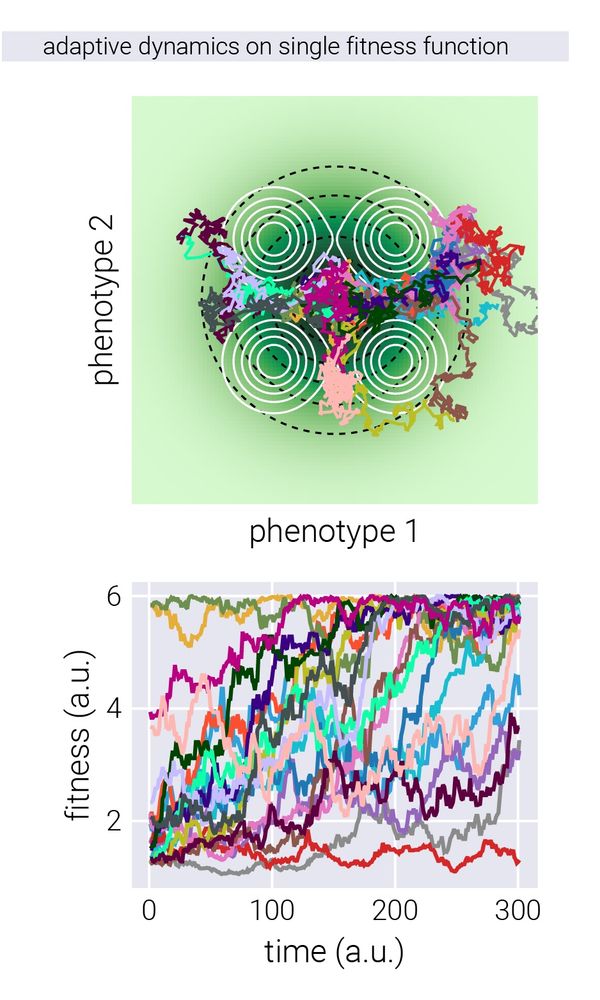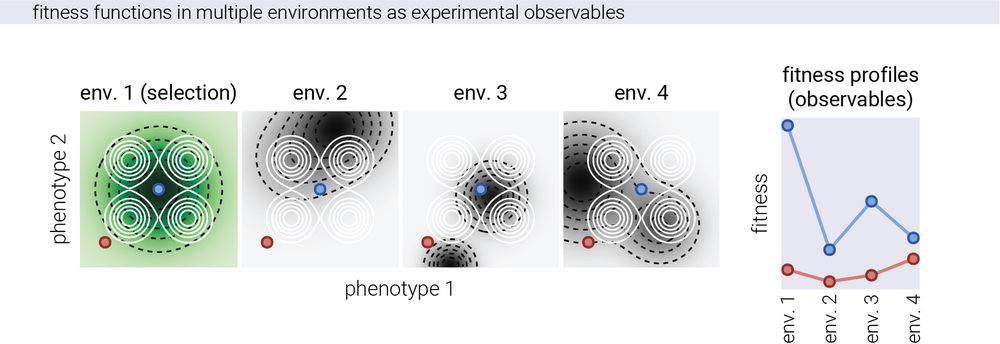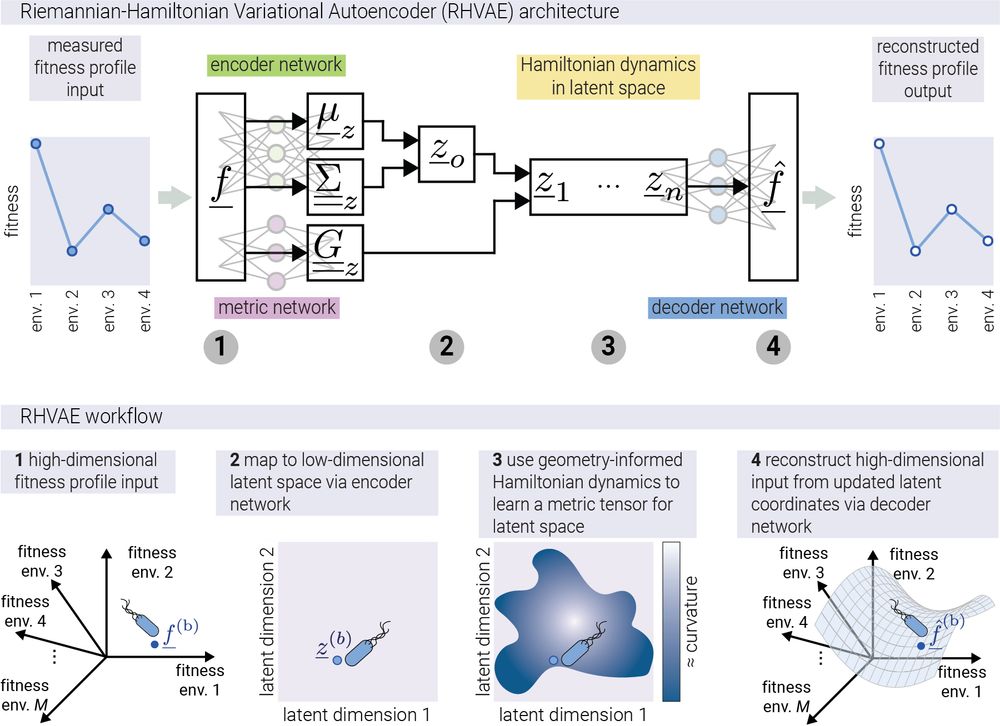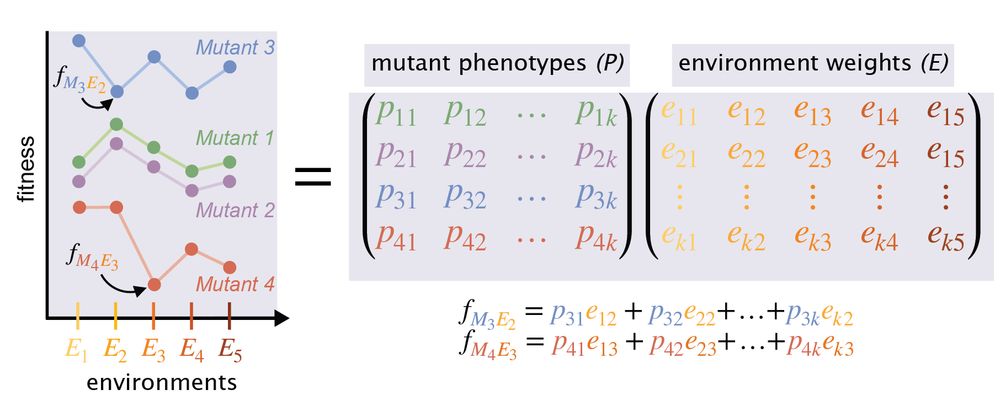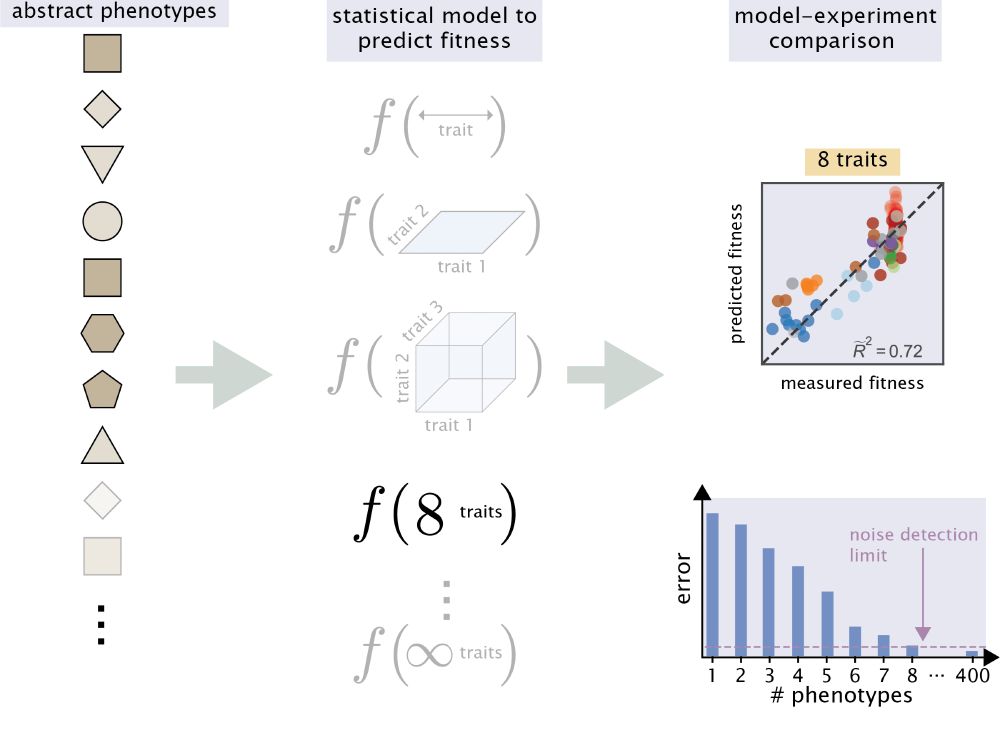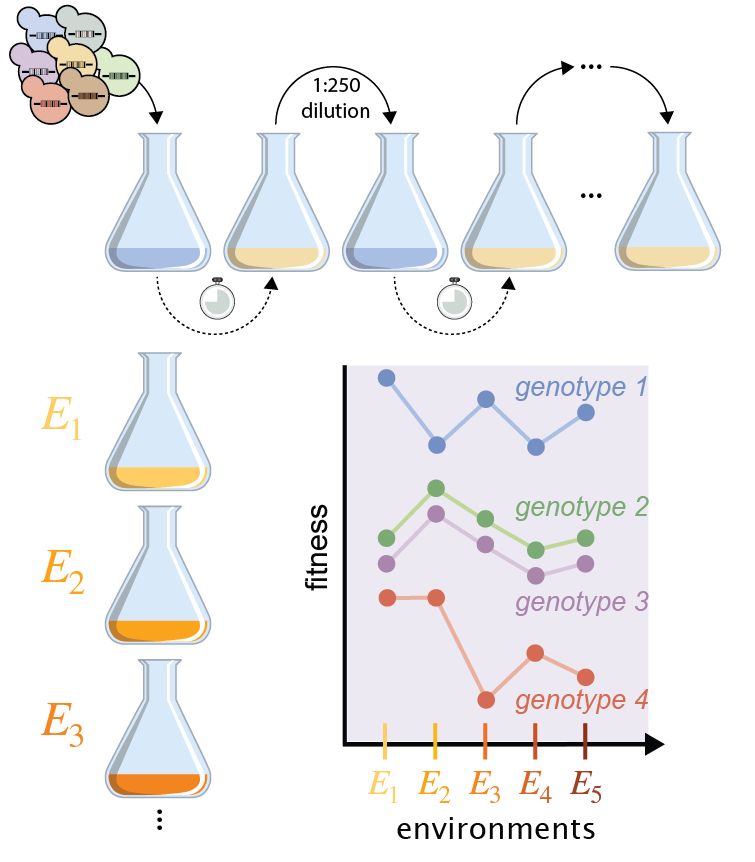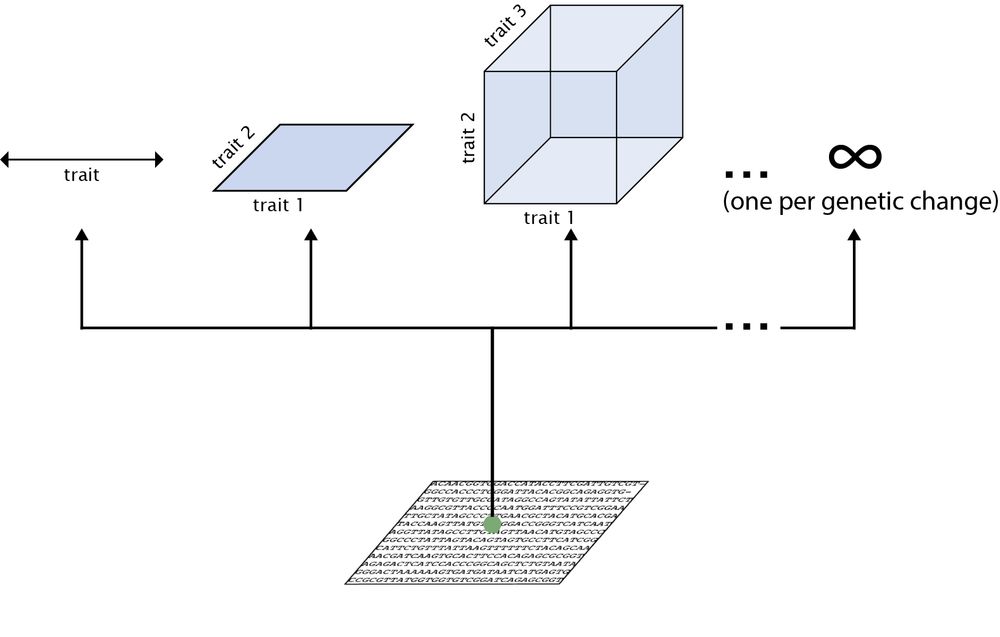Manuel Razo
@mrazo.bsky.social
84 followers
150 following
27 posts
Postdoc @ Stanford | Schmidt Science Fellow ’21 | Biophysics & Evolution | Bayes Theorem Advocate | Proudly Mexicano 🇲🇽
Posts
Media
Videos
Starter Packs
Reposted by Manuel Razo
Dmitri Petrov
@petrovadmitri.bsky.social
· May 15
Manuel Razo
@mrazo.bsky.social
· May 15
Manuel Razo
@mrazo.bsky.social
· May 15
Manuel Razo
@mrazo.bsky.social
· May 15
Manuel Razo
@mrazo.bsky.social
· May 15
Manuel Razo
@mrazo.bsky.social
· May 15
Manuel Razo
@mrazo.bsky.social
· May 15
Manuel Razo
@mrazo.bsky.social
· May 15
Manuel Razo
@mrazo.bsky.social
· May 15
Manuel Razo
@mrazo.bsky.social
· May 15
Manuel Razo
@mrazo.bsky.social
· May 15
